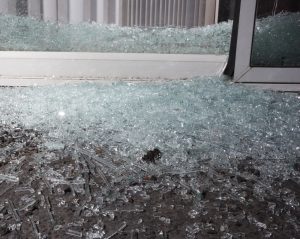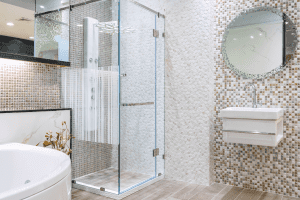When it comes to storm door closers, are two better than one? We asked door experts if double storm door closers are needed. We also asked them regarding the installation of these closers and here's what they shared with us.
A storm door can have one or two closers. It is advised to have two if you want enhanced security against strong winds. To install your closers, you need to:
- Position and screw the door jamb bracket in place.
- Attach the closer using the pin.
- Position and screw the door bracket.
- Attach the other end of the door closer to it.
Keep reading so we can tell you more about storm door closers, how to install them, how they work, and how to adjust them. We'll also discuss if these are required by the National Fire Prevention Association building code and for what purpose. Let's begin!
![A door closer on white modern glass door, Does A Storm Door Need Two Closers [And How To Install Them]](https://doordodo.com/wp-content/uploads/2021/12/Does-A-Storm-Door-Need-Two-Closers-And-How-To-Install-Them-683x1024.png)
Do you need two closers on your storm door?
Storm door closers are an essential part of your door hardware. They ensure the smooth operation of your door. You can control the level of speed and resistance according to your preference. They also ensure that your door is closed to enhance your security at home.
It is common to see storm doors with only one door closer. But some storm doors come with two closers to have enhanced protection against heavy winds. They add another layer of security to your door as they help ensure that it won't open recklessly when there's a storm.
In the end, it would depend on your personal preference and if you see the need to install double closers on your storm door.
How to install your storm door closers
Installing storm door closers, whether there's one or two of them, should be easy enough for the average DIYer. Here's a guide on how to do it.
Tools Needed
- power drill
- drill bit (1/16-inch and 1/8-inch)
- nail and hammer
- pencil for marking
Steps
- Close the storm door and position the the jamb bracket. Make sure it is facing the right way. Look for the arrow that points which side goes towards the storm door. Clue: The straight edge of the bracket should be away from the door.
- Mark the position of the screws. Use a nail and hammer to pre-drill the holes.
- Drill the holes using the smaller drill bit.
- Screw the jamb bracket in place. Use the four longer screws for this.
- Now, get the rod of your closer and slip the washer onto it until it rests above the lugs.
- Attach this to the jamb bracket using the shorter pin.
- Mark the location of your pin holes for the door bracket.
- Use your nail and hammer to punch the holes.
- Drill the holes using the larger drill bit.
- Screw the door bracket in place using the two shorter screws.
- Attach the other end of the door closer to this bracket using the longer pin.
- Open and close the door to test how it works. Adjust the placement of the pin on the door bracket if needed.
If you're installing two door closers, do the same procedure at the bottom of your storm door.
How do storm door closers work?
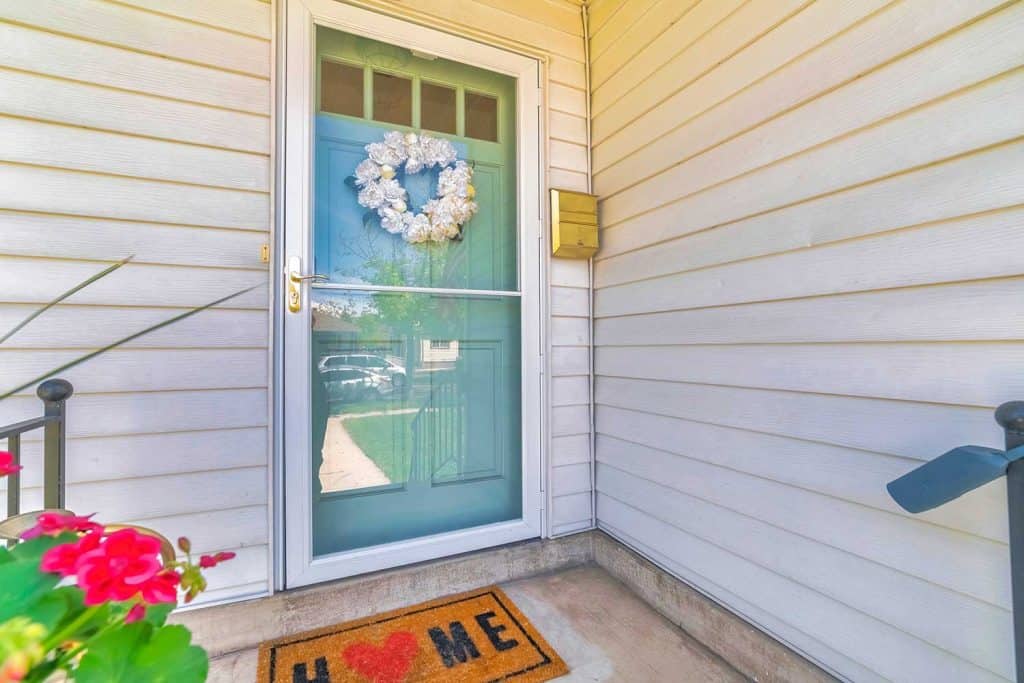
There are various types of door closers. Some closers are classified according to their weight or placement on the door or frame but the most common classification is the mechanism that they use for closing. Thus, you can find pneumatic door closers and hydraulic door closers.
The pneumatic closer is powered by spring tension and compressed air while the hydraulic closer makes use of spring tension and fluid or oil.
They may use different elements but the general principle behind how they work is the same. The component that's responsible for closing the door is the tension spring. The compressed air or fluid controls the rate of closing.
As you open the door, the tube is filled with air or fluid. The more you extend the door outward, the more this tube is filled with fluid and air. As you close the door, the air is released or the fluid transfers to another chamber as the spring pulls the door inward.
When the door is shut, everything goes back to its default position since there's no more pressure on the closing mechanism.
If you only had springs on your storm door, it would slam shut so fast before you even have the time to enter the house. With this closing mechanism, you have sufficient time to open your front door before it closes.
You can adjust the rate of closing depending on how fast or slow you want it to be. The slower the air or fluid is released, the more time it takes before your storm door closes all the way.
How do you adjust a storm door with two closers?
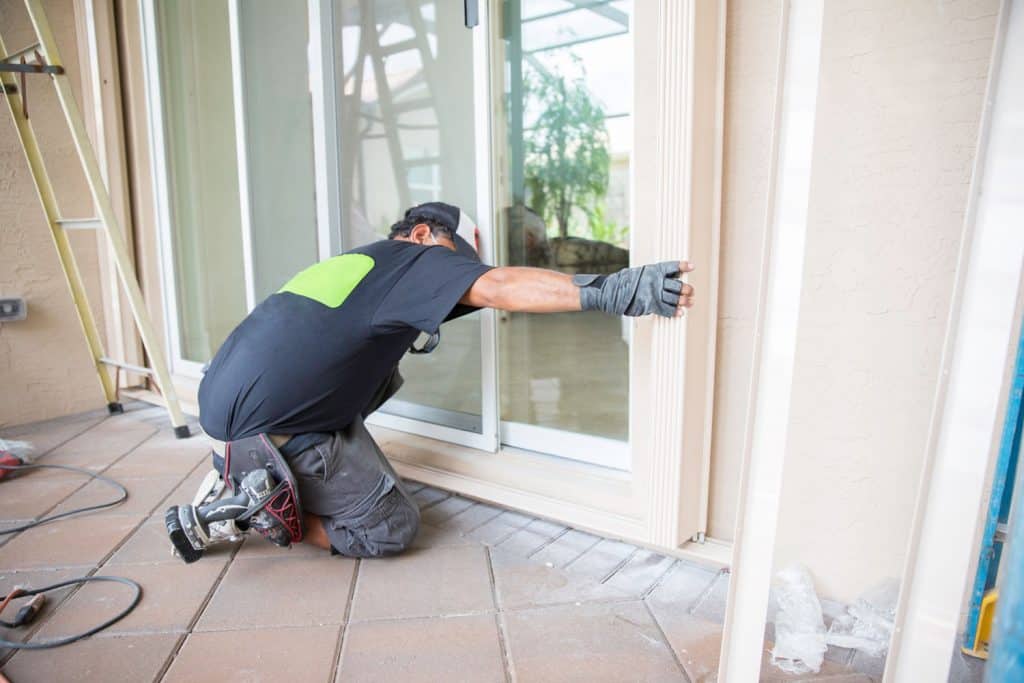
The good thing about door closers is that they can be adjusted according to your desired speed and resistance. It is important that your storm door's closing mechanisms will keep it from slamming shut and they should also close all the way to ensure your security.
The operation of your storm door closers is affected by the changing of the seasons. Changes in temperature and air pressure would require you to adjust the settings of your closers so that they will function properly.
When you have two storm door closers installed, you can adjust them one at a time. Here's how to do it.
- Have your Phillips screwdriver and pliers ready.
- Close your storm door and start disconnecting your bottom closer.
- Use your pliers to remove the pin that connects the closer to your door panel. Swing the closer away from the door.
- Now, with only one closer that's working, open the door fully and then close it again. Take note of its speed of its closing.
- Use your Phillips screwdriver to adjust the screw at the top closer. If you want your storm door to close faster, turn the screw counterclockwise. If you want to make it slower, turn it clockwise.
- Turn the screws a little at a time and check the rate of closing after each turn. Stop when you've achieved your desired speed.
- Reinstall the bottom closer by putting back the pin that holds it in place.
- Now, disconnect your top closer by removing the pin.
- Check how fast the storm door closes.
- Adjust the screw on your bottom closer until you attain your preferred closing speed.
- Re-attach the top closer.
- Check if both closers are working harmoniously to close your storm door smoothly and have it shut firmly.
For those with double closers, take note that adjustments always need to be done on both closers. You can't just make the adjustment on one side. Otherwise, your storm door won't work properly. Balance is the key.
Are door closers required by code?
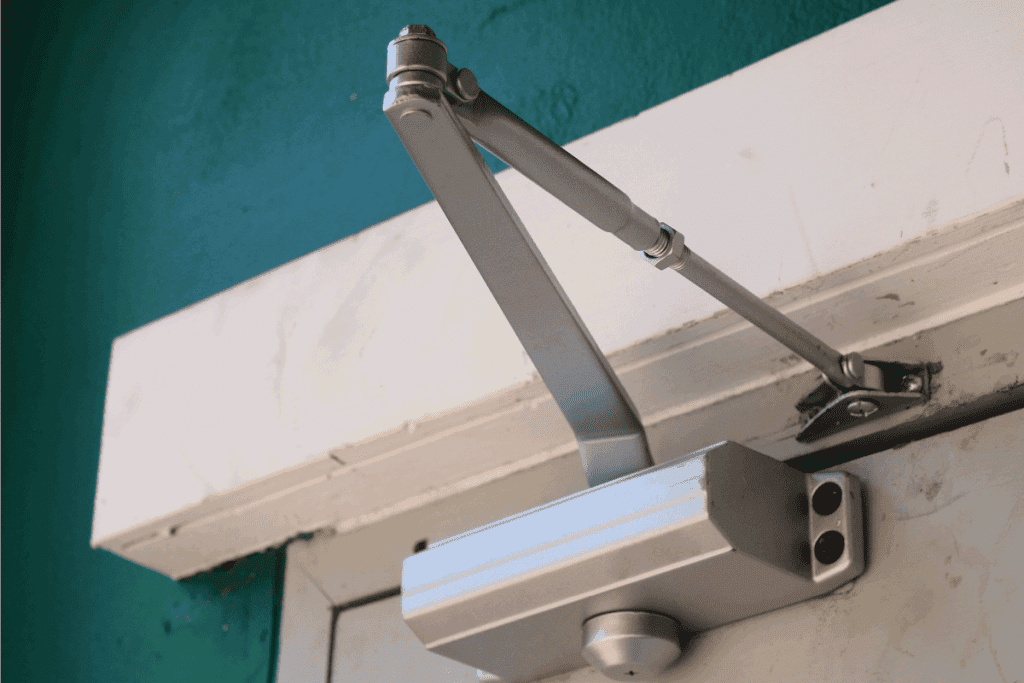
A door is a barrier against fire. When a door is left open when there is a fire, smoke and heat can freely pass from one area to the next. Air is also pulled into the room that's on fire which can worsen the situation and create a bigger fire. This can result in greater damage to property, injuries, and even death.
The door closers are crucial for automatically shutting the fire doors that would help manage the situation better. In other words, these closers are seen as an effective fire prevention measure that would help a lot in protecting people and their properties.
They will keep outside air from getting inside, reducing the risk of an even greater fire. This is why the National Fire Prevention Association or NFPA has mandated the installation and use of door closers on fire doors within an establishment under the NFPA 80 code.
This particular section is entitled "Standard for Fire Doors and Other Opening Protectives." This code is intended to stop the spread of fire and smoke within or out of the building.
When fire and smoke are contained in one area, they are easier to put off and have the situation under control. Door closers can help save lives and reduce the damage caused by fire.
Final Thoughts
A storm door may have one or two closers depending on the homeowner's preference and need. No matter if there's one or two, the good thing is that these closers are easy to install and adjust so that you can get your storm door to close smoothly.
How Much Does A Storm Door Cost [Plus Sizing, & Installation Tips]


